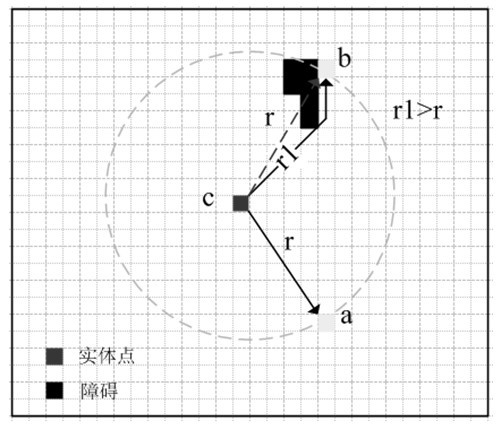A Method of Simulating Urban Expansion Based on Spatial Function Division
A technology of spatial function and urban expansion, applied in the field of simulated urban expansion, it can solve problems such as thin spatial constraints and inability to fully express spatial information.
- Summary
- Abstract
- Description
- Claims
- Application Information
AI Technical Summary
Problems solved by technology
Method used
Image
Examples
Embodiment Construction
[0075] The advantages of the technical solution of the present invention will be further described below in conjunction with the accompanying drawings.
[0076] A method for simulating urban expansion based on spatial function division, comprising the following steps:
[0077] 1) Division of urban space function areas
[0078] 1-1 Use Hu Peng's map algebra method to measure the spatial distance from the spatial entity to the city center:
[0079] When simulating urban expansion, the primary problem is to correctly measure urban space in order to more accurately reflect the spatial relationship and the interaction of spatial entities. In practical applications, it is often necessary to measure location characteristics, such as the distance from the spatial entity to the city center, the distance from the spatial entity to the railway, and so on. Traditional measurement methods often use Euclidean distance to measure two-dimensional Euclidean space. This measurement method ign...
PUM
 Login to View More
Login to View More Abstract
Description
Claims
Application Information
 Login to View More
Login to View More - R&D
- Intellectual Property
- Life Sciences
- Materials
- Tech Scout
- Unparalleled Data Quality
- Higher Quality Content
- 60% Fewer Hallucinations
Browse by: Latest US Patents, China's latest patents, Technical Efficacy Thesaurus, Application Domain, Technology Topic, Popular Technical Reports.
© 2025 PatSnap. All rights reserved.Legal|Privacy policy|Modern Slavery Act Transparency Statement|Sitemap|About US| Contact US: help@patsnap.com



